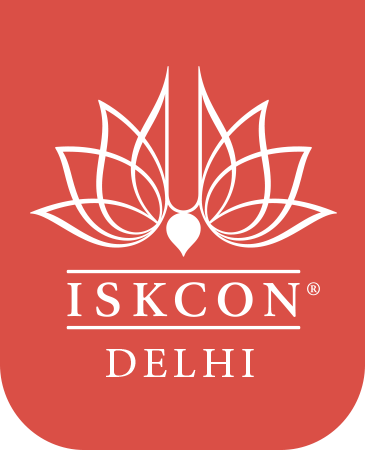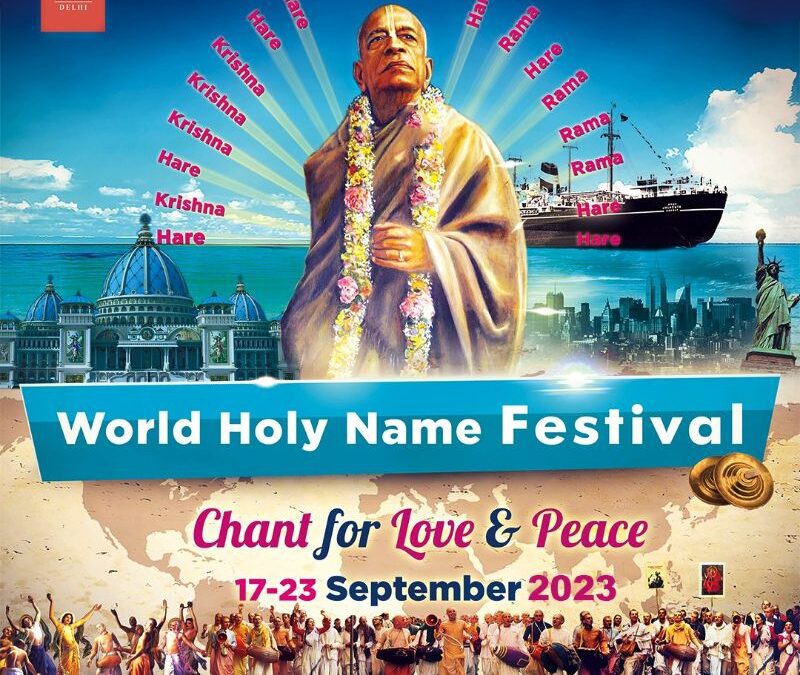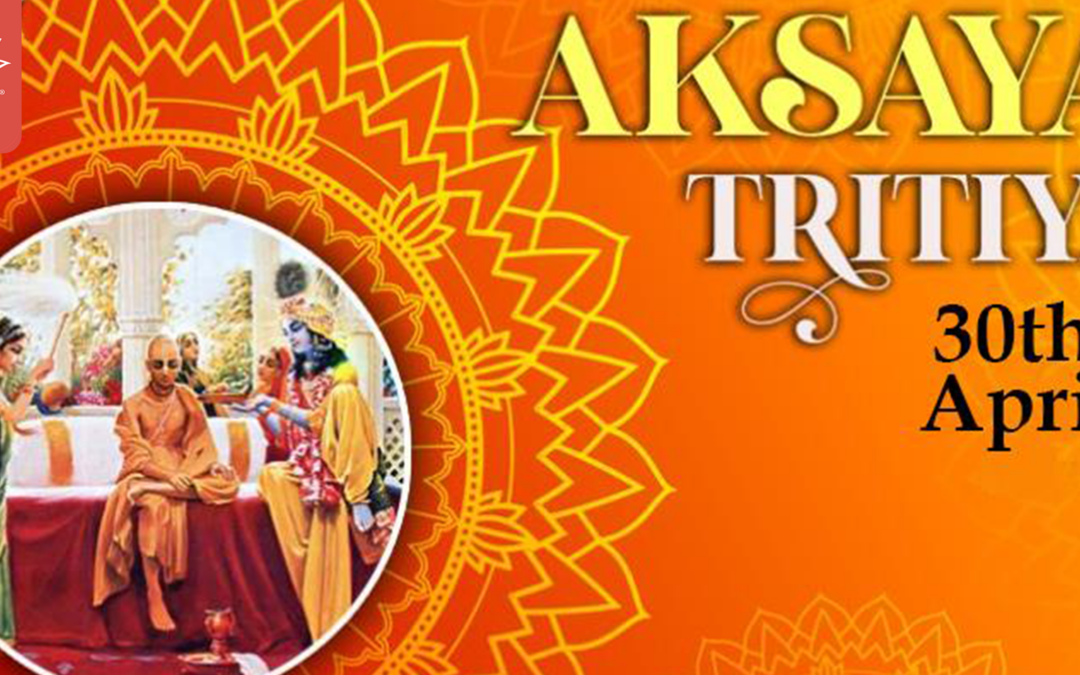
Akshaya Tritya – The Glorious Day
According to the Vedic calendar, Akshaya Tritiya falls on the Tritiya Tithi of Shukla Paksha in the auspicious month of Vaishakha. In 2025, this sacred occasion begins on 29th April at 5:31 PM and continues until 30th April at 2:12 PM. As per Vedic tradition, the day is observed based on the sunrise tithi, and thus, this year Akshaya Tritiya will be celebrated on 30th April.
Akshaya Tritya is considered the most auspicious day to start any new activity. It appears on the third day of Shukla paksha of Vaishakh month. The third day of Akshaya Tritya is utsava tithi, which means it falls on the same day every year. This utsava tithi in the Hindu calendar corresponds with the third day of Shukla paksha, which begins at sunset of each lunar day. The date will be determined based on various factors, such as which Vedic deity is worshipped that night and whether any auspicious event occurred on that particular moonless night.
In the Hindu religion, Akshaya means that which is unlimited, unbroken. Therefore, this day is celebrated for eternal and permanent happiness, peace, and prosperity. Many great things happened on this day. For instance, 1500 years ago, Buddha was born in India, and he would later teach people about mindfulness and meditation and become known as the “Gautama Buddha.”
1.) Lord Parshuram Ji appeared on the day of Akshaya Tritya which is also known as Parshuram Jayanti. He is also known as Lord Krishna, and he is an incarnation of Lord Vishnu. Lord Keshav had a son named Sri Krishna, who became his 6th incarnation. Lord Parshuram was born to Queen Renuka and King Kushadhwaj, high-ranking devotees of Lord Vishnu.
kshatriya-rudhira-maye jagad-apagata-papam
snapayasi payasi samita-bhava-tapam
kesava dhrita-bhrigupati-rupa jaya jagadisa hare (Sri Dasavatara Stotra)
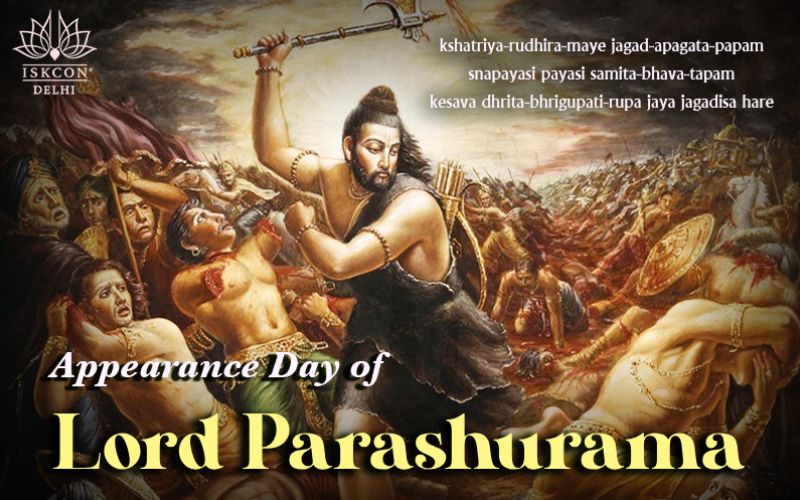
“0 Kesava! O Lord of the universe! O Lord Hari, who has assumed the form of Bhrigupati [Parasurama]! All glories to You! At Kurukshetra, You bathe the earth in the rivers of blood from the bodies of the demoniac Kshatriyas that You have slain. The world’s sins are washed away by You, and because of You, people are relieved from the blazing fire of material existence.”
2.) On Akshaya Tritya, Demigod Sun presented Akshaya Patra to Draupadi and Pandavas. This vessel was a divine vessel where Draupadi could prepare unlimited foodstuffs till she took prasadam.
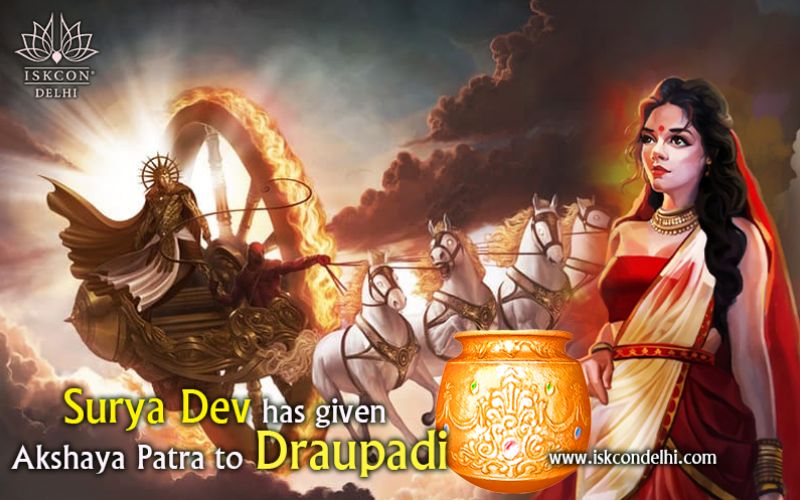
However, it is essential to note that this vessel was not helpful on other days of the year, and on different days of the year, it would be filled with flowers and incense to cleanse it of its ill-gained impurities.
3- The Holy river Ganga appeared in this material world from the spiritual world on this day. First and foremost, the flow of the Ganga river was controlled by Lord Shiva on his matted hair, and then he released it on Gangotri.
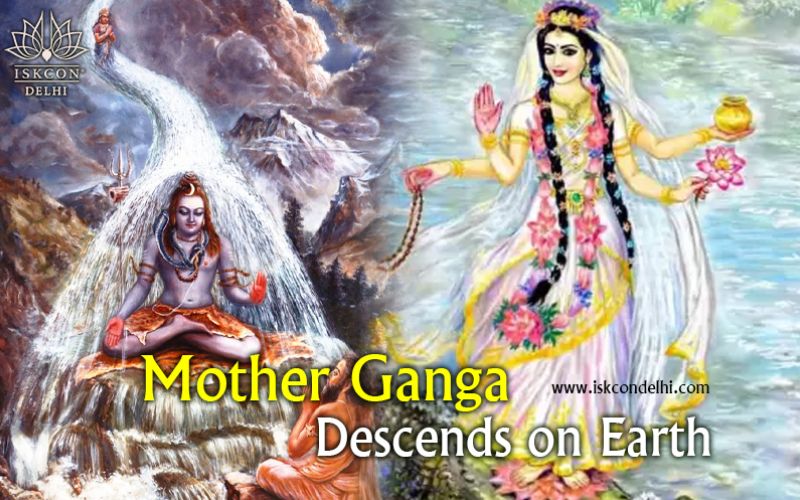
Thus, mother Ganga and Gangotri Dham appeared on Akshaya Tritya.
4.) Akshaya Tritya is the day on which Lord Shri Krishna was welcomed back to Dwarka. Sudama, a close friend of Lord Shri Krishna, came to meet the Lord to secure his and his family’s future.
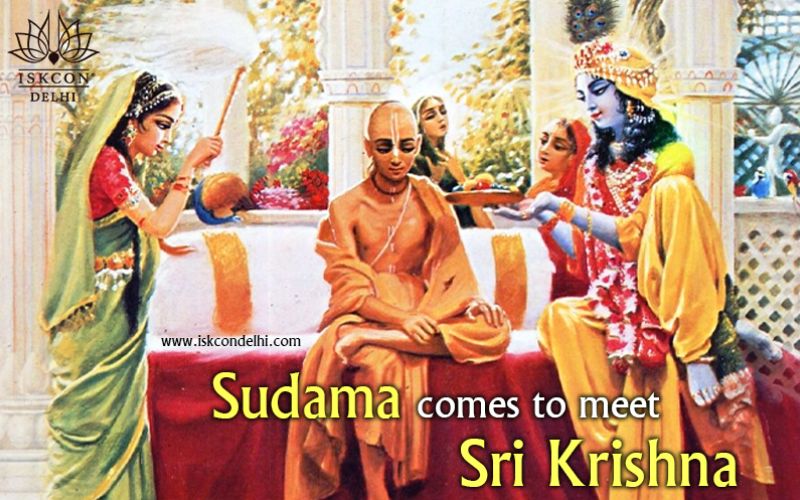
He presented the Lord with puffed rice, which he had received from friends from afar. The Lord was pleased to accept and consume those puffed rice. Thus the Lord gave him benediction for all his opulence.
5- On Akshaya Tritya, Lord Ganesha started writing Mahabharata, a great epic, under the supervision of Vedvyas Ji. Mahabharata is one of the important scriptures and contains Bhagavad Gita.
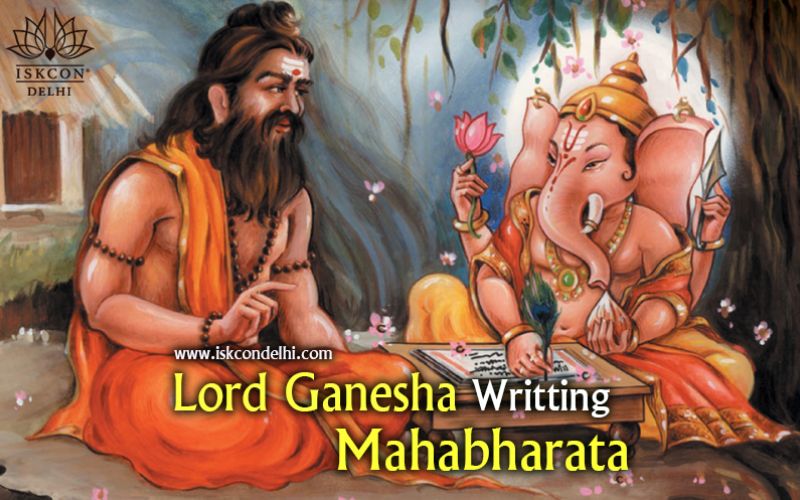
This tells the tale of a warrior prince named Arjuna who strives to win his throne from his wicked uncle. Vedavyas first wrote down this epic on this auspicious day.
6.) On the day of Akshaya Tritya, the day before the summer solstice and significant because it is the first day of Anant Chaturdashi, a new cart is built for Lord Jagannatha. This cart will be used in rath yatra.
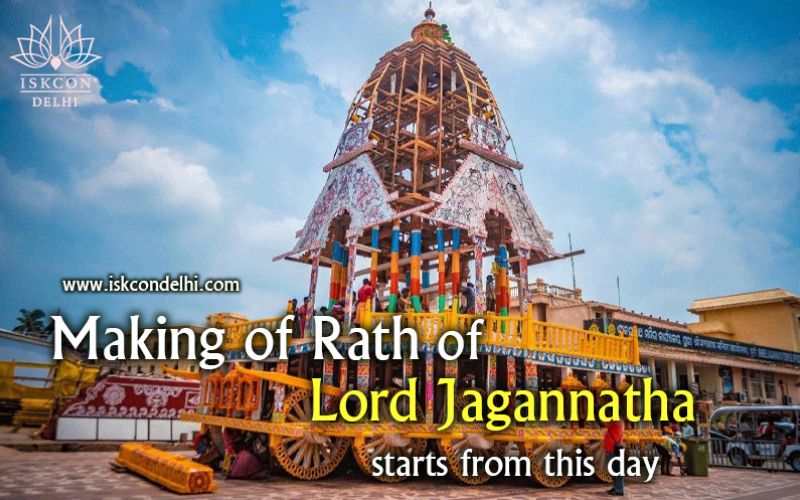
In this tradition, Lord Jagannatha and His brother Lord Baladeva Ji are taken on a procession from Jagannatha temple to Gundicha temple every year. The construction for this cart starts on that day.
7- Shri Madhvendra Puri Ji is an Indian spiritual master who was in his late 20s when he began exploring the path of spirituality. At 27, he renounced the world and became a wandering ascetic for five years before settling at Jagannath Puri. Shri Madhvendra Puri Ji is regarded as a perfect model of devotion to Lord Krishna. He has been celebrated in religious texts from various Gaudiya Vaishnavism traditions and has influenced other religious figures like Sri Radha Krsna devotees and Hare Krishnas.
Madhvendra Puri is an Indian spiritual leader born in Mumbai and lived there until he was eight years old. He proceeded to Jagannath Puri to get some sandalwood, but on the way, he stopped in a small village named Remuna. In Remuna, there was a magnificent and divine temple of Lord Gopinatha Ji, famous for His mahaprasad. It was said that His mahaprasad Kheer, sweet rice, was just like nectar.

Once, a pure-hearted devotee named Madhavendra Puri visited a temple where a special sweet rice dish (ksira) was being offered to Lord Gopinatha. Seeing the offering, he thought, “If I could taste it, I would learn how to make it and offer the same to Lord Gopala in Vrindavan.” But right after that thought, he felt deep regret. He had wished to taste the offering before it was given to the Lord — something he knew was not right.
Feeling sorry for his thought, Madhavendra Puri quietly left the temple, without speaking to anyone. His heart was full of repentance. That night, Lord Gopinatha appeared in a dream and told the priest to take the sweet rice to Madhavendra Puri. The Lord was pleased with his honesty and devotion.
This beautiful story teaches us two important things: First, true devotion means putting God before ourselves. And second, we should never delay doing the right thing — because waiting too long can take us away from our purpose.
Lord Gopinatha, or Krishna, is a prominent deity of Hinduism. He is also known as Gopinath, Govinda, and Keshava. He is a God of love and devotion who is considered the greatest avatar of Vishnu. In a dream that the temple priest had on that night, Lord Gopinatha instructed him to go to Madhavendra Puri and give him the pot of sweet rice which he had hidden under his garments. So the priest went to Madhavendra Puri, where Lord Gopinatha was so overwhelmed by ecstasy to learn everything from him that he continued his journey and reached Puri, collecting sandalwood and camphor.
Madhavendra Puri had gone on a pilgrimage to Haridwar, but he returned to Remuna on his way back. There, he had a dream in which the Gopala Deity at Vrindavan told him to grind the sandalwood into pulp, mix with camphor and apply it to the body of the Gopinatha Deity. Lord Gopala said that He was non-different from the Deity of Gopinatha. So Madhavendra Puri made all arrangements to carry out the order of Lord Gopala.
A tradition popularly known as Chandan yatra starts from the day of Akshaya Tritya and lasts for 21 days. Chandana-yatra celebrations, Chandana (sandalwood pulp) is applied to the Lord. It is considered very auspicious to start anything, and most people purchase gold on Ashaya Tritya. In Spiritual life, God’s name and His devotional loving service are priceless. That is why today, we should chant the names of God more and more or start chanting the names of God.
Hare Krishna Hare Krishna, Krishna Krishna Hare Hare
Hare Rāma Hare Rāma, Rāma Rāma Hare Hare
Your Smallest act of Charity can make a difference and bring smiles to Needy Faces.
DONATE 50 MEALS
₹ 1,000
DONATE 250 MEALS
₹ 5,000
DONATE 100 MEALS
₹ 2,000
DONATE 500 MEALS
₹ 10,000
GENERAL DONATION
#Amount of your choice
